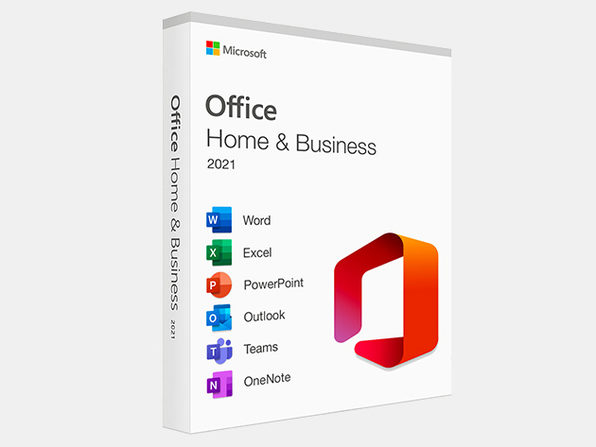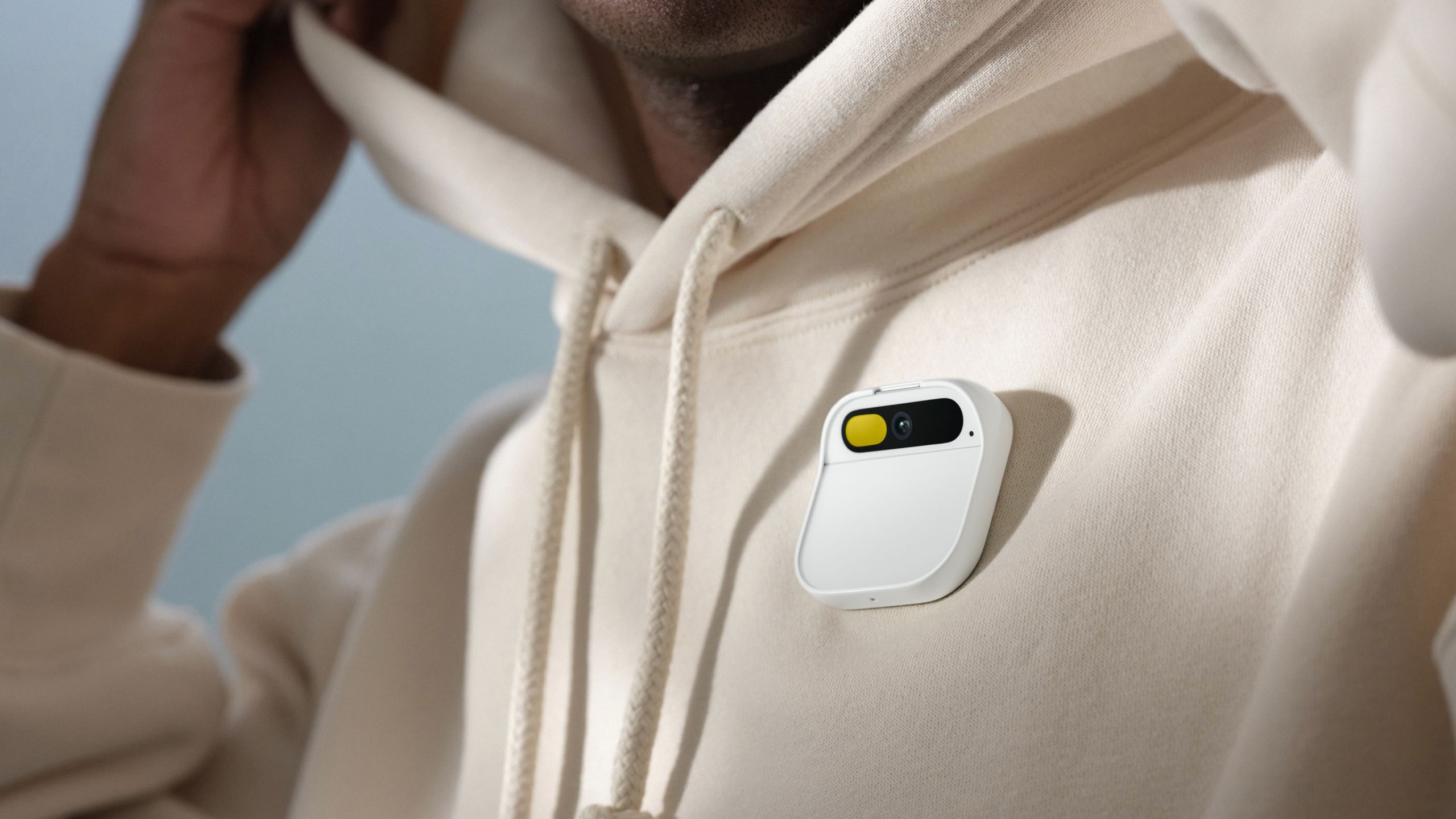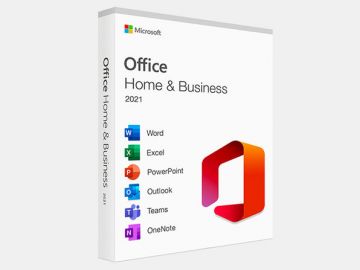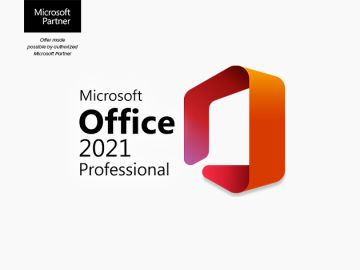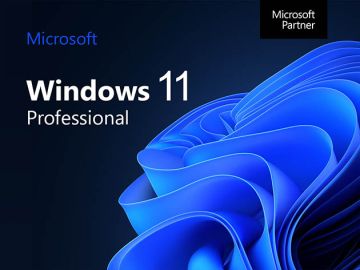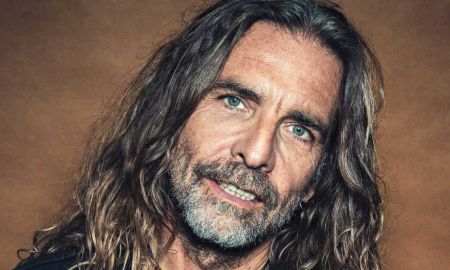OpenAI’s New Structure Frees It to Create an ‘iPhone Killer’
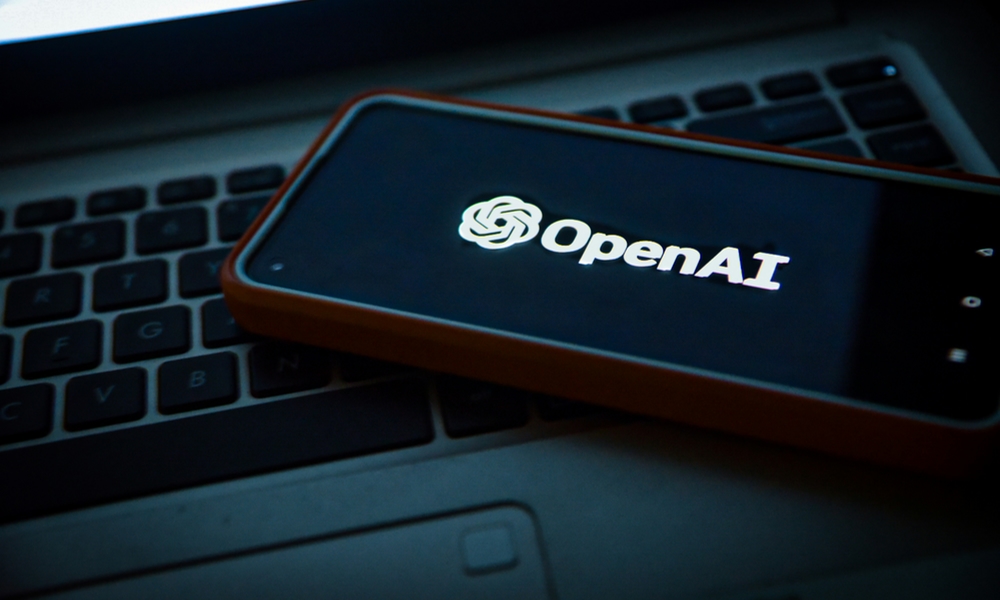 Levart_Photographer / Unsplash
Levart_Photographer / Unsplash
Toggle Dark Mode
OpenAI, the maker of ChatGPT, was originally incorporated as a non-profit entity in 2015. Four years later, OpenAI created a capped-profit subsidiary to secure a $1 billion investment from Microsoft. A capped-profit business structure means funds distributed to investors and employees are capped, with the remainder being directed towards the company’s mission.
This move by OpenAI is the subject of a federal lawsuit filed by one of its original founders, Elon Musk, who alleges violation of the non-profit’s founding principles. Since 2019, Microsoft has invested $13 billion into OpenAI.
This week, OpenAI completed another complex reorganization of its business after extensive negotiations with Microsoft and regulatory authorities in key states, including Delaware and California. The new arrangement could position OpenAI to compete more directly in consumer hardware — even against Apple’s iPhone.
OpenAI has transitioned the capped-profit subsidiary, OpenAI Group, to a public benefit corporation (PBC). Under this new structure, the PBC is controlled by OpenAI’s non-profit, the OpenAI Foundation, which is its largest shareholder, now valued at $500 billion. This means Microsoft’s 27% stake in the PBC is worth roughly $135 billion, according to Microsoft’s blog.
More important than the numbers are the terms of OpenAI’s newly negotiated deal with Microsoft. OpenAI claimed its original terms with Microsoft hampered its ability to raise funds from outside investors. Another key issue was the requirement that OpenAI grant Microsoft a first right of refusal on any cloud computing contracts. That condition is now gone. In exchange, OpenAI committed another $250 million to Microsoft for future cloud computing resources in addition to its other resource commitments, which OpenAI says are now over $1 trillion.
In another win for OpenAI, its new agreement with Microsoft excludes Microsoft’s intellectual property rights in OpenAI’s consumer hardware. OpenAI can now jointly develop consumer products independent of Microsoft’s collaboration and control.
This gives OpenAI free rein to pursue its collaboration with Jony Ive, Apple’s former head of design, who was instrumental in the original design of the iMac, iPhone, and iPod. While we aren’t entirely sure what Ive and OpenAI are up to, it’s sometimes referred to as an “iPhone killer.” Now, OpenAI has the means and creative flexibility to bring this project to the market.
Reports suggest that the Ive-OpenAI collaboration will yield a revolutionary device without a screen that redefines human-AI interaction. Rumors say it will likely rely on voice and gesture controls, while also sensing its environment.
OpenAI’s restructuring may mark the dawn of a new generation of devices. Could this be the start of a shift away from smartphones toward screen-free AI assistants? We’ll see how things shake out. At the same time, whether this new arrangement will maintain true accountability to the public, as required, remains to be seen. Musk isn’t giving up his legal battle against OpenAI either, even if his success means unraveling the path they’ve just created.

